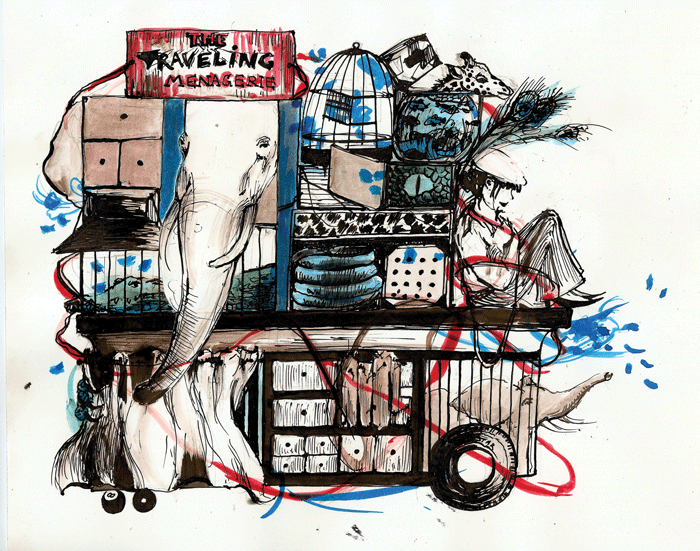Animal lovers everywhere can relate to the excitement and wonder associated with going to the zoo. However, many are also dismayed by the small enclosures and the often oppressed and miserable-looking animals trapped inside.
Not surprisingly, animal welfare organizations, such as PETA, have spoken out against zoos, condemning their push for profits, as well as the unnatural and depressing environment in which many animals live.
They have a point, but PETA tends to paint the issue as black and white when, in fact, the reality is far more complex.
In contrast, organizations, such as the American Humane Association (AHA), are intent on elevating the welfare standards of zoos and aquariums worldwide. While the AHA acknowledge the problems in the system and the existence of notorious “bad actors,” like roadside zoos, they claim that, in general, zoos “ultimately enrich and protect the lives of animals.”
Dr. Jonathan Davies, associate professor in McGill’s Department of Biology, explained that it’s important to remember that life in captivity doesn’t impact all species equally.
“Invertebrates might be largely unaware they are in a zoo; whereas large vertebrates, especially primates, may suffer disproportionately,” Davies wrote in an email to The McGill Tribune.
Davies said that zoos may benefit individual animals, such as those rescued from private collectors or those injured in the wild that are no longer able to survive by themselves. In addition, zoos act as hubs for important research and can aid in captive breeding programs that increase the population numbers for reintroduction to the wild.
Captive breeding programs have saved numerous species, like the European bison, the red wolf, and the Arabian Oryx, from extinction. The Biodome in Montreal is involved in numerous research projects, ranging from the conservation of the golden lion tamarin in Brazil to the creation of a network of acoustic inventories of Quebec bats.
Still, most animals in zoos are not endangered and captive breeding programs are often not very successful. This is partially due to the fact that it is extremely difficult to release species back into the wild.
Some argue that the money used for merchandise and enclosure renovations might be better spent on protection efforts in the wild. Zoos often seem to place economic gain and entertainment above the welfare of the animals.
“[Zoos] can give the impression that animals can be treated as commodities and that their purpose is our entertainment,” Davies said.
The suffering of individual species that are sensitive to captive environments is also an apparent shortcoming.
“Some species should perhaps never be kept in captivity,” Davies said. “Zoos should never be seen as an alternative to preserving the natural environment.”
Extremely social animals, such as elephants and primates, as well as ones that roam, such as polar bears, do not do well in captivity. Great white sharks simply refuse to eat–the record length of time that a great white has been kept in captivity is only 44 days.
Still, zoos can instill a desire to help preserve biological diversity and connect people to the natural environment, albeit in artificial settings. Beyond zoos, it’s important to remember that the natural world has more potential for wildlife education, research, and conservation.
“You can think of a spectrum from books with pictures and wildlife documentaries, through natural history museums to wildlife safaris and the game parks of Africa, and finally to ecotourism that can allow us to see species in the wild,” Davies said.








